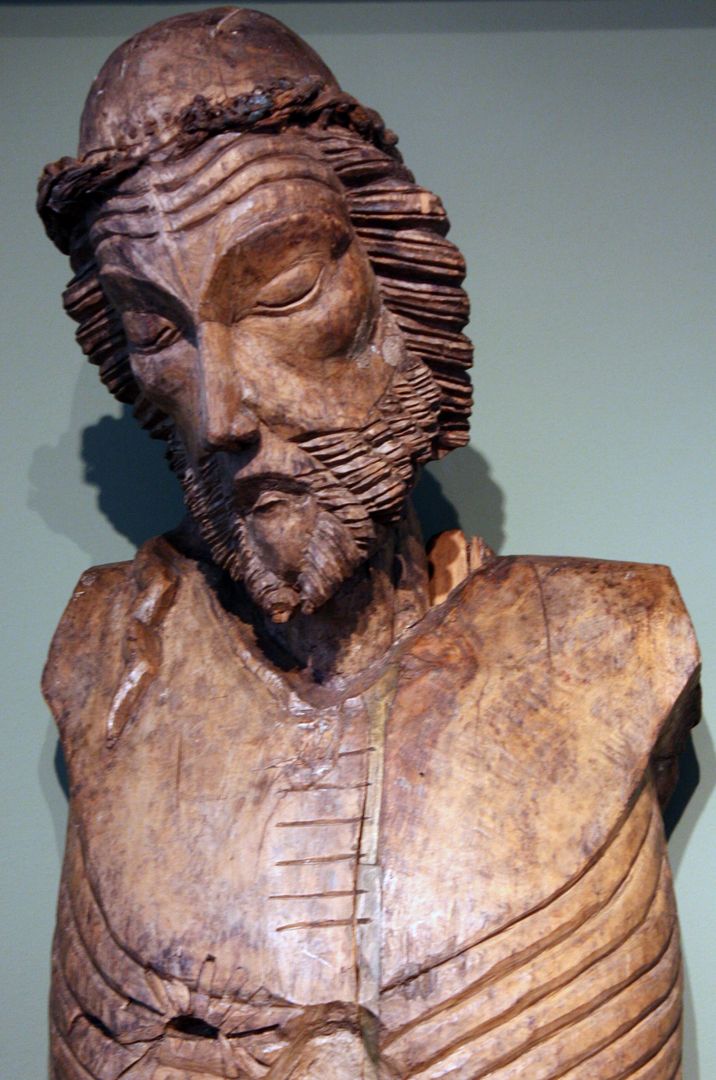Diocesan Museum in Pelplin
6.69

Overview
The Diocesan Museum named after Bishop Stanisław Wojciech Okoniewski in Pelplin was founded in 1928 by the Bishop of Chełmno, Stanisław Okoniewski. The current museum building, constructed in 1988, is part of the bishop's curia complex and serves as a space for exhibiting its rich collections. The history of the museum is closely tied to the bishop's palace and the figure of Bishop Okoniewski, who, upon arriving in the diocese, quickly initiated the gathering of valuable works of art, particularly Gothic pieces, including such significant objects as the Crucifixion from Lignowy or the Passion paintings from the Church of St. John in Toruń. In the early 1930s, the museum expanded to such an extent that a branch was established in Bierzgłowo Castle in 1929. Unfortunately, the war brought much destruction; the museum collections were evacuated, and some were lost due to wartime actions. The museum holds significant collections of Gothic art, including famous polyptychs and the unique Gutenberg Bible, the only one in Poland. The collections also include liturgical vestments, reflecting the spiritual heritage of the region. The museum continuously collaborates with the National Museum in Gdańsk, leading to new initiatives, such as the planned permanent collection of liturgical vestments. Interestingly, among the exhibits is a reliquary of Saint Barbara and a 14th-century reliquary cross from Toruń, which are not only works of art but also bearers of the historical legacy of the area. The Pelplin Museum is an important part of the regional heritage, combining history, culture, and art, and its collections bear witness to the rich spiritual and artistic traditions of the former Chełmno Diocese.
Location
2025 Wizytor | All Rights Reserved